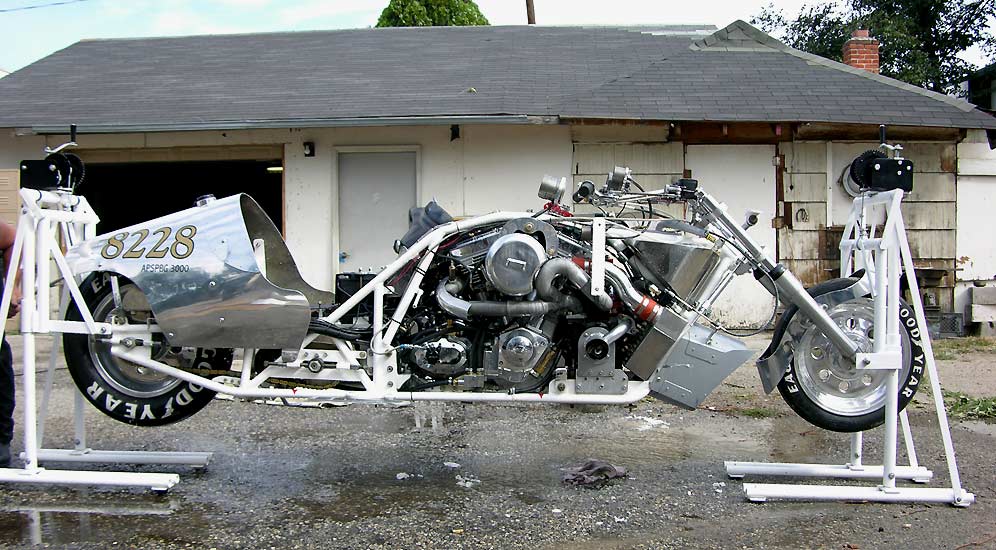

The 元B engine features a high-pressure direct fuel injection system. Moreover, the intake and exhaust sides also come with continuously variable valve timing management. In AFM mode, cylinders 2 and 3 are deactivated, reducing fuel consumption in light load conditions. Low Lift mode (3 mm less) reduces the duration of the intake valve opening to help save fuel under medium load conditions. During High Lift mode, all cylinders are active, and all valves open to their maximum lift.

The 2.7L 元B valvetrain features GM's Sliding Cam Valve Lift System (SCS), which has three distinct operating modes: High Lift, Low Lift, and AFM (Active Fuel Management) mode. The intake and exhaust camshafts are driven by an 8 mm roller timing chain. The cylinder head uses copper-alloy exhaust valve guides for exhaust valves to improve heat transfer and valve cooling. On top of the engine block, there is an aluminum alloy (356 T5) 16-valve cylinder head with high-tumble combustion chambers and dual-overhead camshafts. The bottom side is sealed by a nylon-reinforced plastic oil pan. The oil pump, together with balance shafts, is supported by a bolt-on aluminum lower crankcase extension. The engine is equipped with a continuously variable-output oil pump. Pistons are additionally cooled by oil spray squirters. Pistons themselves are lightweight aluminum with fully machined crowns and cast iron ring carriers. Offset position reduces friction from piston side-loading. The crankshaft is offset from the cylinder bore centerline. The engine block also has a forged steel crankshaft with hardened journals and tri-metal bearings. To bring smoothness back, the engine block was equipped with a dual balance shaft mechanism. It features a long piston stroke of 4.01 inches (102 mm) that provides the strong low-end torque but on the other hand, this increased vibrations. The 2.7 Turbo 元B has a deep-skirt, liberally ribbed die-cast aluminum (380 T5) cylinder block with iron liners.


 0 kommentar(er)
0 kommentar(er)
